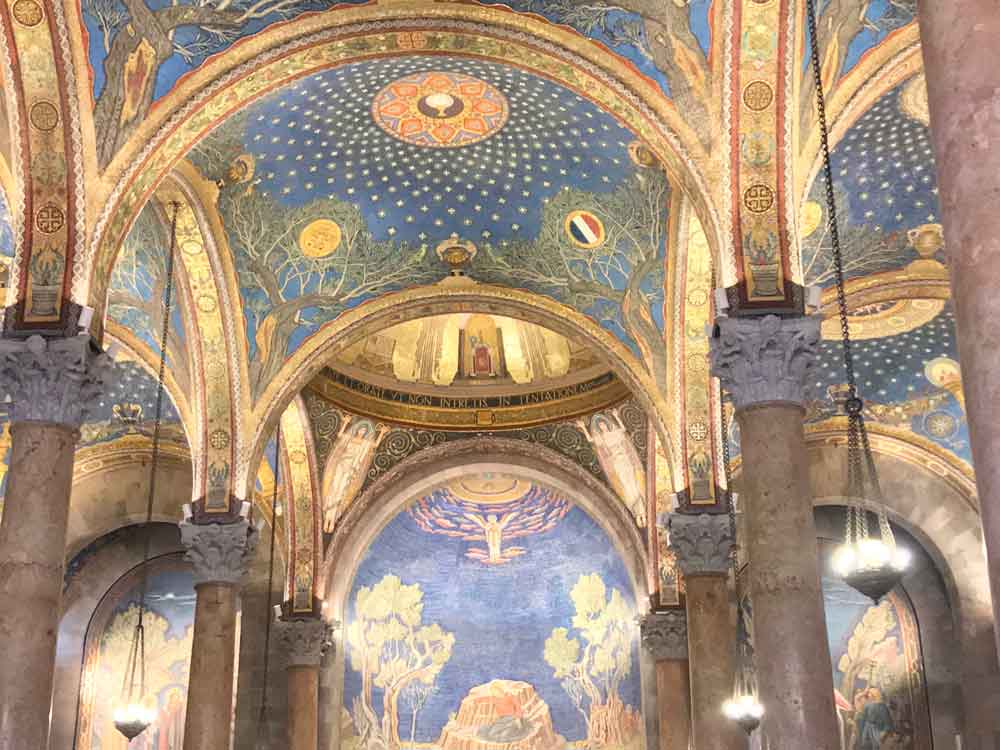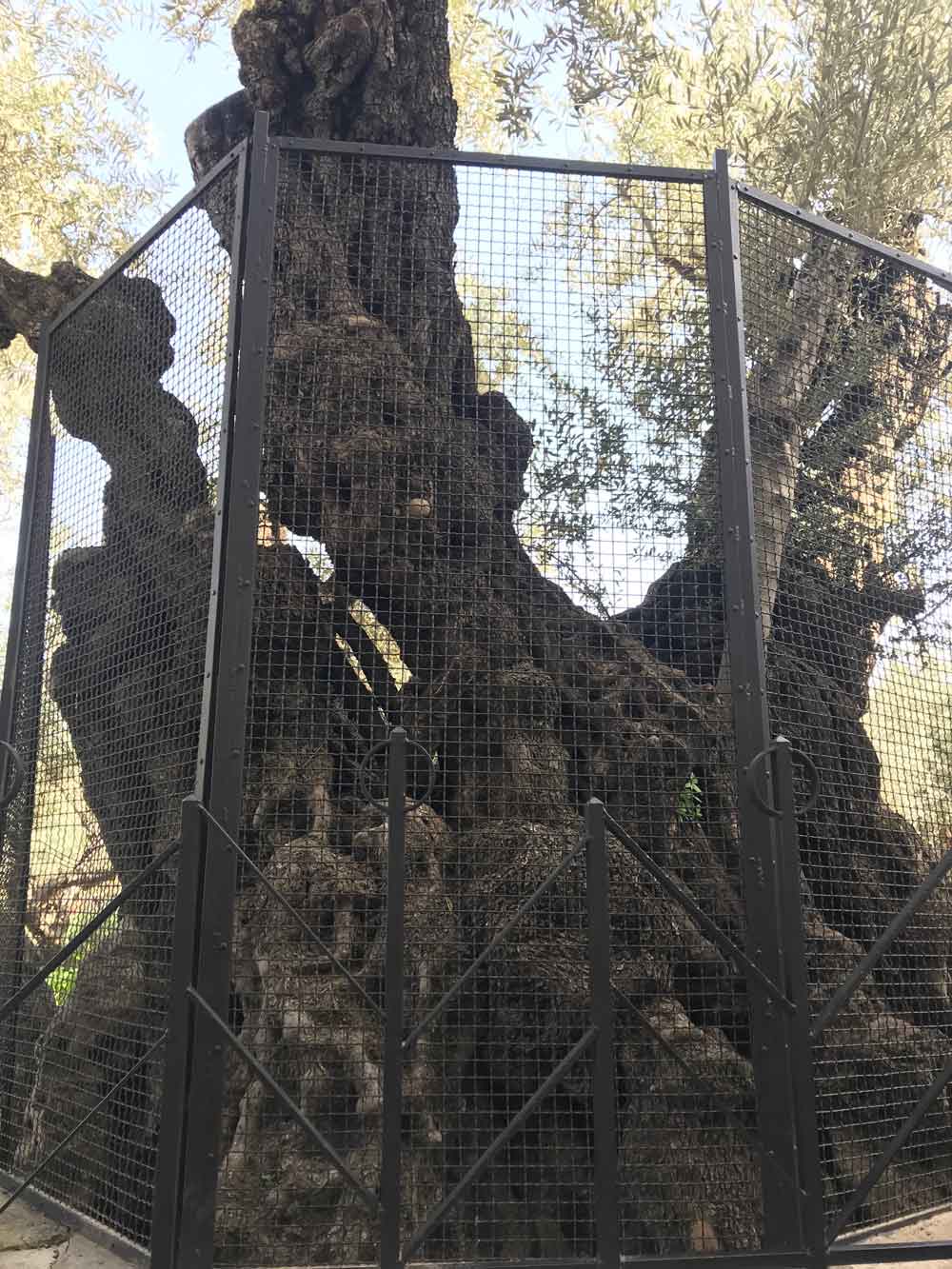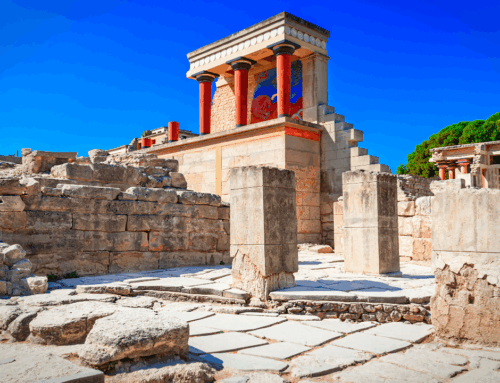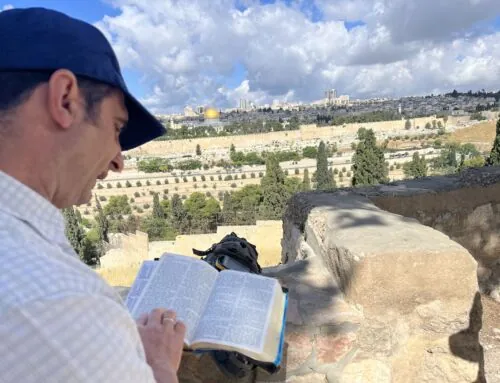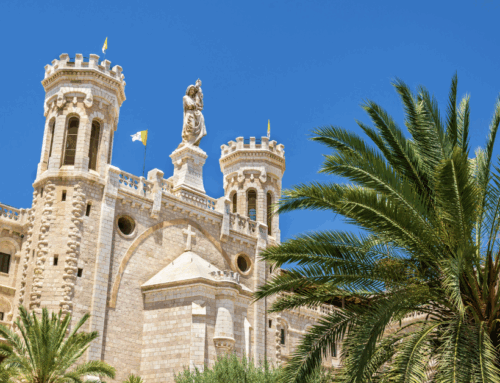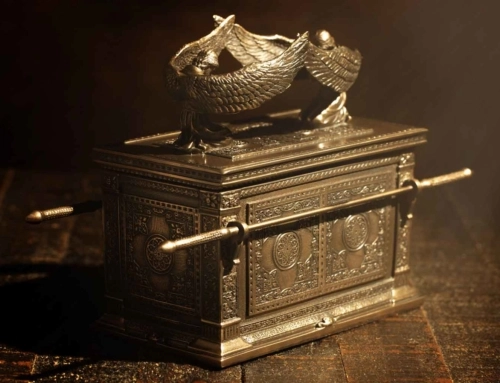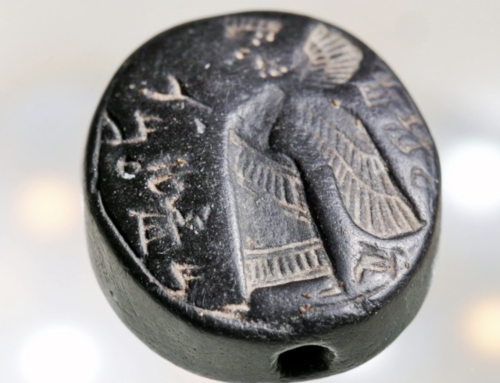The Mount of Olives is one of the most recognizable names in the Bible. It holds major significance for the Jewish and Christian faiths. Here is why Mount of Olives has always been and continues to be so important to believers around the world.
Location of Mount of Olives
The Mount of Olives is located just outside of the eastern gates of the Old City of Jerusalem. To its north is Mount Scopus and to its south is Mount of Corruption. It is about 2600 feet at its peak.
The Mount of Olives in the Old Testament
The Mount of Olives is first described when David was fleeing from his son Absalom. It says in 2 Samuel 15:30:
“But David continued up the Mount of Olives, weeping as he went; his head was covered and he was barefoot. All the people with him covered their heads too and were weeping as they went up.”
From its first mention, Mount of Olives has had a history of being a place of mourning and weeping.
The Book of Zechariah will stand on the Mount of Olives (14:14) and people will flee through a new valley when it splits.
The Mount of Olives in the New Testament
The New Testament mentioned the Mount of Olives often and it was a frequent location of Jesus during his ministry and specifically his last days leading to his crucifixion.
It was from the Mount of Olives that Jesus overlooked Jerusalem and wept about its coming destruction, which is now marked by the Dominus Flevit Church, designed to look like a teardrop.
The Mount of Olives is also where Jesus triumphantly entered Jerusalem from on Palm Sunday on the colt as described in Luke 19:
After Jesus had said this, he went on ahead, going up to Jerusalem. As he approached Bethphage and Bethany at the hill called the Mount of Olives, he sent two of his disciples, saying to them, “Go to the village ahead of you, and as you enter it, you will find a colt tied there, which no one has ever ridden. Untie it and bring it here. If anyone asks you, ‘Why are you untying it?’ say, ‘The Lord needs it.’ ”
Those who were sent ahead went and found it just as he had told them. As they were untying the colt, its owners asked them, “Why are you untying the colt?”
They replied, “The Lord needs it.”
They brought it to Jesus, threw their cloaks on the colt and put Jesus on it. As he went along, people spread their cloaks on the road.
When he came near the place where the road goes down the Mount of Olives, the whole crowd of disciples began joyfully to praise God in loud voices for all the miracles they had see…
Today, people still walk Palm Sunday Road to commemorate Jesus’ triumphant entry into Jerusalem, particularly on Palm Sunday every year when thousands walk the road together singing.
Of course the event that most people think of when it comes to the Mount of Olives is Jesus at the Garden of Gethsemane. This is where Jesus went to pray and where he was arrested. Today, you can visit a private garden right across the street from the Church of All Nations, a beautiful Catholic church that honors Jesus’ time in the Garden.
Olive Trees on the Mount of Olives
As the names suggests, the Mount of Olives is known for its olive groves. In fact, olives are thought to have been domesticated in the Galilee about 7,000 years ago, with olives trees becoming very common in the area after. Some of the most famous trees in the world are olive trees on the Mount of Olives.
The trees in the areas surrounding the Church of All Nations are believed to be among the oldest in the world. Gethsemane actually means “oil press” showing how prevalent the trees were at the time. The trees that remain in the area include some trees that are at least 900 years of age and may be older if they regenerated over time, which is possible with Olive trees. It is thought that the protection of these trees shows something special about the area and that trees were being preserved for a a reason, even through periods of complete destruction in the area.
Mount of Olives and time in the Garden is always a highlight of anyone’s tour!
Jewish Burials on the Mount of Olives
The Mount of Olives has one very prominent feature… a lot of graves. Around 150,000 of them. This is not a coincidence, as Jewish people have long wanted to be buried on the mount since it is believed that this is where the first will rise from the dead with the coming of the Messiah.
Famous gravesites on the hill include the Tomb of Absalom, the rebellious son of King David, however dating of the tomb puts it at 1st century AD, so this would be centuries later. Some modern scholars believe it might be that of Herod the Great’s grandson, Herod Agrippa.
Other famous graves include many Rabbis, Princess Alice (Mother-in-law of Queen Elizabeth II), Eliezer Ben-Yehuda (Father of Modern Hebrew), and many others.
Talk to an Immanuel Tours Tour Operator about organizing a Christian Holy Land Tour today!


